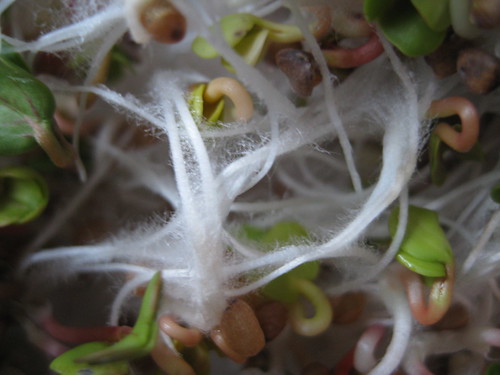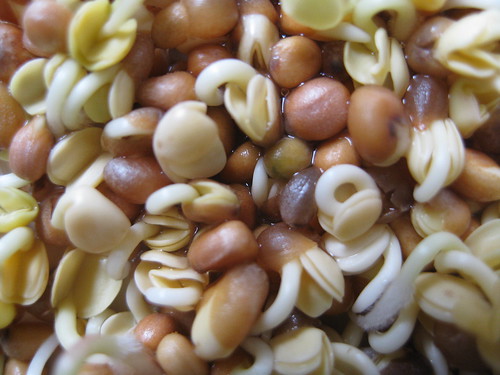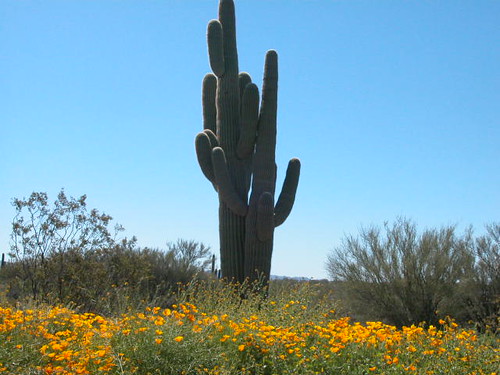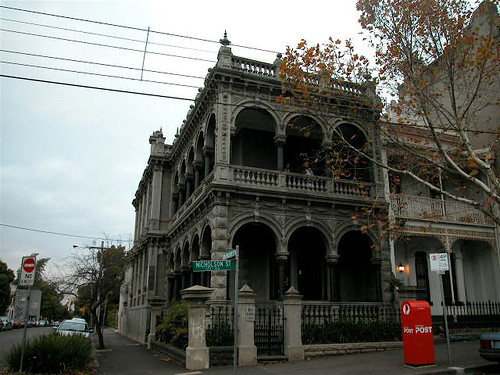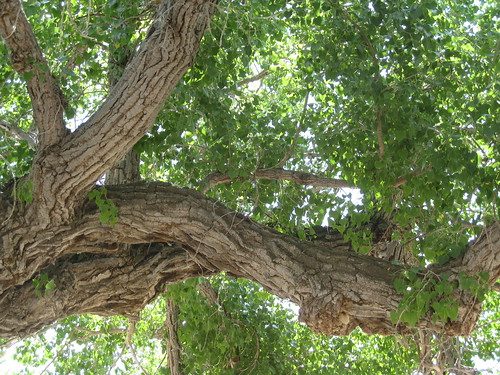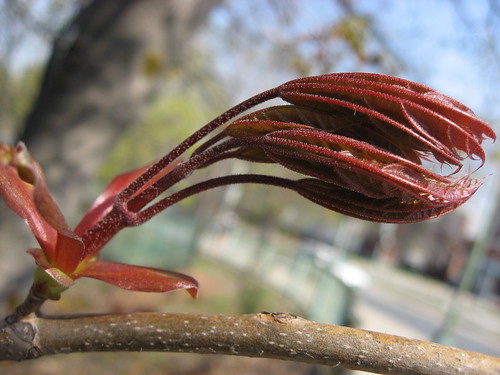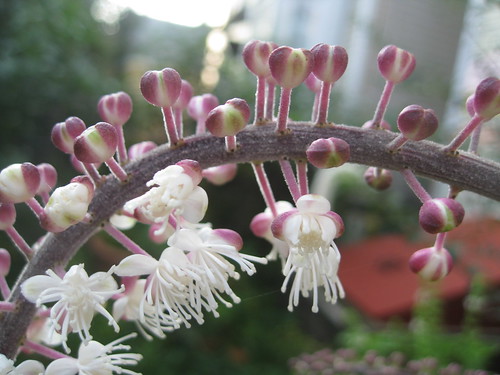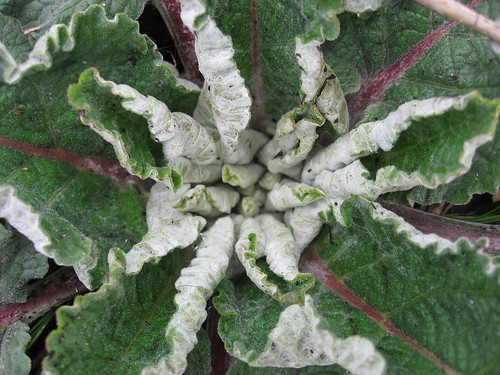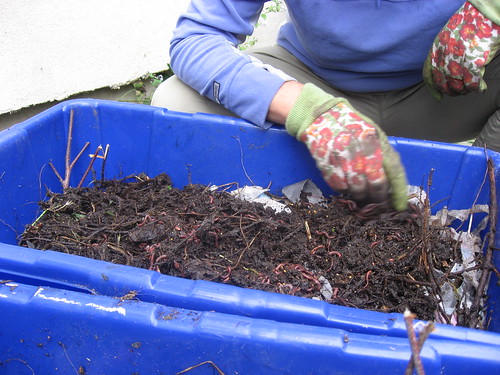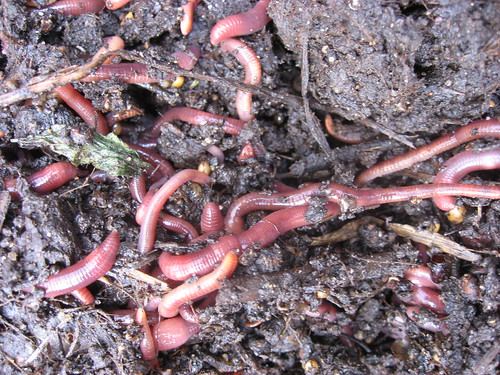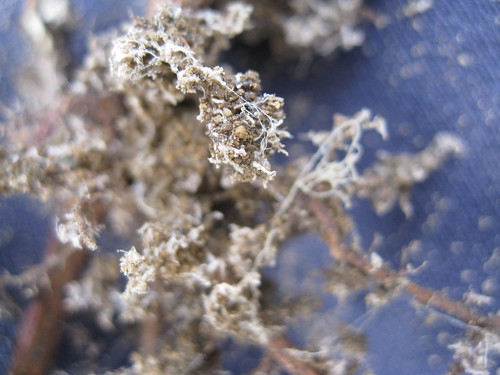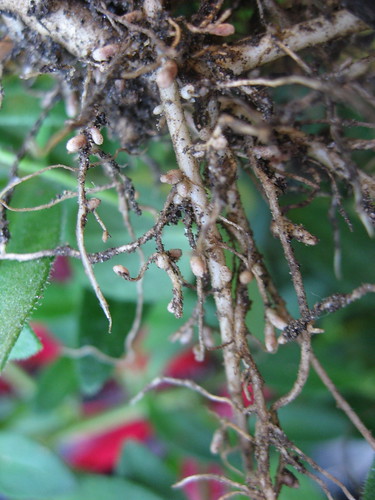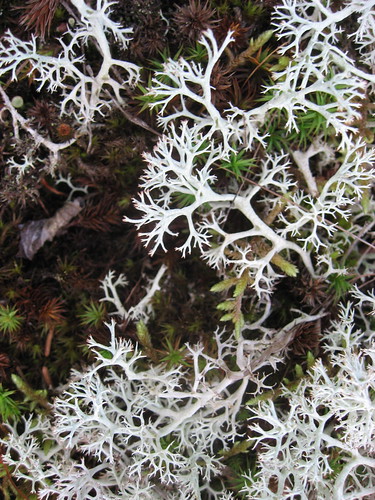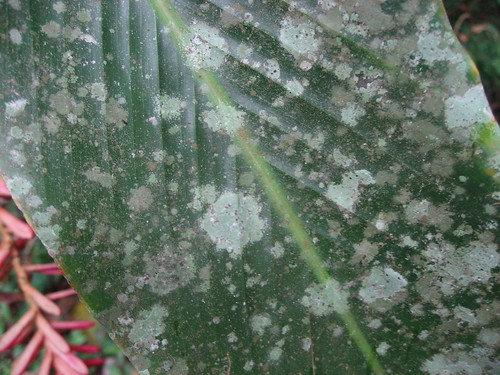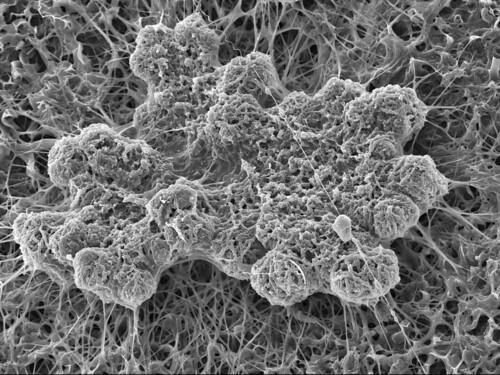The idea for this project is dedicated to my students at the Boston Architectural College (BAC). BAC students train to become architects, landscape architects, and designers. My course is required for the landscape architecture students at the BAC and it’s a science elective for the rest. BAC students are real problem solvers and the ideas in here are for problem solvers. I was recruited to teach at the BAC because I’ve been communicating about science to non-scientists for a long time. Perhaps in that way I’m a problem solver too, because I my specialty is making science understandable to people without formal scientific training. Most people are interested in what science can tell them about the world but most of my students come into class not necessarily “liking” science. So engaging people in scientific thought and analysis is a challenging goal.
Many of my BAC students are career changers, which I was, and they work very hard to accomplish their degrees, often at the expense of having a “life.” The BAC's concurrent educational program requires students to work in their discipline during the day and take classes at night. You can imagine that my students look and feel their best at five PM on a Wednesday night after battling traffic and finding a parking space on busy Newbury Street in Boston--all at the end of a long day's work. So the experience I have to share with you--an experience that made an indelible mark in my psyche as a teacher-- is an experience unique to the BAC and its students. These are "real" people whose feet are on the ground. Like I said, problem solvers. They're visual learners, quick studies with good brains, designers who grapple with the world of ideas and in particular, scientific ideas. Here's the story of my life-changing experience with my BAC students.
As a botanist I've pondered for years about chloroplasts, the photosynthetic bacteria that live in leaf cells and partner with plants. Chloroplasts, not plants, perform photosynthesis. Chloroplasts share the products of photosynthesis with the plant they dwell in, whose leaves are a kind of solar panel that house the chloroplasts. The plant leaf provides shelter, water, and proper exposure to light, but it’s the chloroplasts, actual separate organisms with their own DNA, that do the productive work of photosynthesis. We know what happens to leaves in the fall. But what happens to the millions of chloroplasts that live in each leaf? Do they die? Do their protein- and mineral-rich bodies (expensive to make and maintain) break apart into their component parts? Are they absorbed and stored somewhere, inactive, in the plant? And what happens in spring? How are chloroplasts recruited to take their place in the growing leaves? Are they somehow taken out of storage? Where do they come from? Are they put back together to function as photosynthetic entities? I've discussed these questions widely with my colleagues and even made inquiries to photosynthesis specialists. No one, especially me, has been able to come up with an answer. That is, until I brought the questions up one night to my BAC students.
It was the end of the semester, a warm night in May. It was time to go home. Time to call it a day. Instead, I insisted, unwisely I realized at the time, to continue class for a few more minutes. I asked the question, “What happens to chloroplasts in the fall?” And there was silence. Was it a trick question? Something I’d gone over in a flash, never coming back to? Was it something that would show up on the final? My students thought for a moment, quiet, which they always are. I perceived that their problem-solving apparatus had gone into gear and I didn’t break the silence, even after a long minute or two. Finally a student in the B-Arch program raised his hand and suggested, "Didn't you show us twigs last winter that were green under the bark?--I think you said that means they're doing photosynthesis....and if they're photosynthesizing doesn't that mean there are chloroplasts under the bark and in buds all winter?"
In a few simple sentences this student answered a questions that had bugged me for years. Practical, to the point, yet somehow inspired to think way outside of his design box. How he came up with the answer I don't know. How did he put his finger on the answer so effectively? So elegantly? Lecture notes? Field experience? Whatever, he cut through the complexities that had somehow hampered me from answering the question for so long. His answer made a statement pertinent to design—something we had been discussing all semester: Plants are structurally simple organisms that function in complex ways.
What magic motivates my students to think about plants as models for design? How is it that they use a science course as inspiration for their practice? How do they bridge the gap between academics and work, science and design, and how do they do it in a classroom when most of the world is relaxing with a glass of something red?
In these posts I explore botany for designers much as I do in class. With illustrations, questions, comparisons. To get the most out of my class I ask my students to observe, document, and analyze nature. If these pages inspire you to do the same, I will have achieved my goal.
